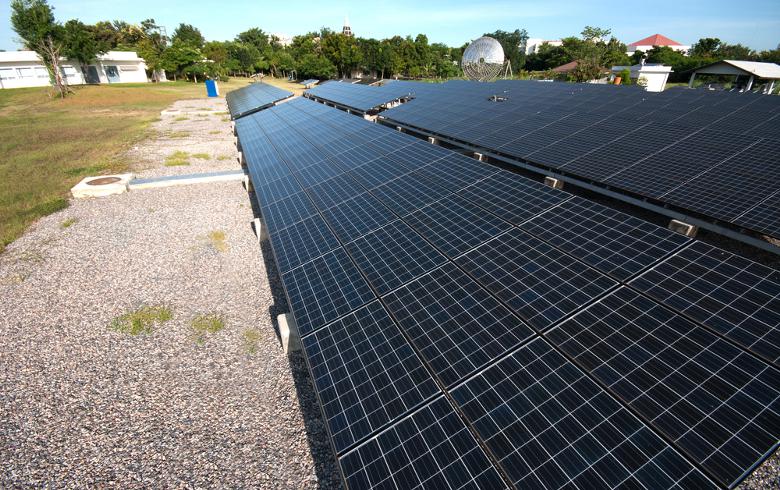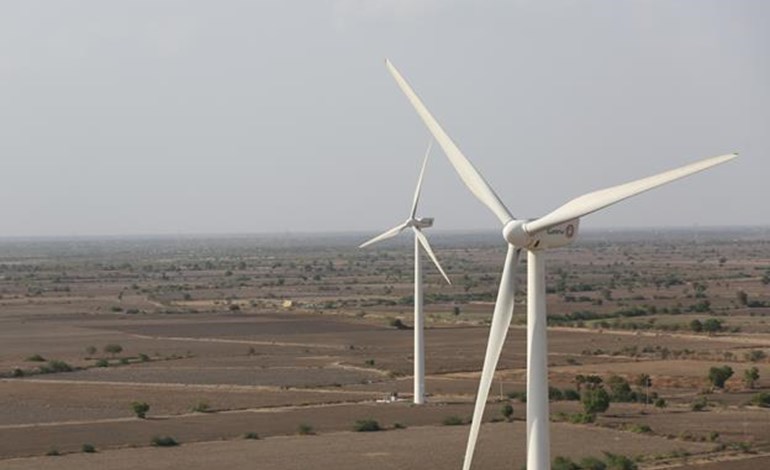This story appears in the November 3, 2014 issue of Forbes Asia.
Rail lines running north from Bangkok to Chiang Mai have become so decrepit that derailments occur regularly. But plans to upgrade are also sidetracked with high frequency. So Asian transportation experts, and railway buffs everywhere, were surprised by the Thai military government’s sudden approval in July of a $23 billion plan to upgrade and expand rail lines and other infrastructure. Included were two lines that could revolutionize the region’s freight service, linking ports around Bangkok and in Singapore with China and onward to Europe.
Such a pan-Asian rail network has been on the drawing board for decades and is promised in several recent regional pacts. Some routes were mapped out more than a century ago as the British and French carved tracks through the jungle in an ambitious Great Game of Trains that was meant to boost trade among their colonial holdings in Asia and counter Russia’s Trans-Siberian railway.
Now a new game is under way, and China is the key player. “China has been eyeing routes from Yunnan to the coast for a long, long time,” says Chalongphob Sussangkarn, who has studied various freight and passenger routes for decades as an advisor to the Thai government. Ports in Singapore and Bangkok, he notes, are closer to China’s vast southwest region than China’s own eastern ports.
Southeast Asian ports also offer access to strategic shipping lines where much of the world’s oil is transported, as well as service to many of the world’s fastest-developing nations. Various routes from China have been pitched over the years, with the main options via reticent Laos or the more difficult terrain of Myanmar, which has a keener government. China has pledged to finance either route. Last month China took the first step by approving an $11.4 billion plan to build two rail lines–one from near Yunnan’s provincial capital, Kunming, to the Laos border and the other from Dali in western Yunnan to the Myanmar border. No matter the alternative, after Laos or Myanmar the tracks must run through Thailand, the sole land bridge to Singapore. Malaysia and Singapore have already approved a high-speed line to be finished by 2020. The last domino could be Thailand.
The plan approved by Thailand’s new rulers recalls a proposal by the elected government they dispatched in a coup in May. As before, major questions involve not only the route, equipment and whether the gauge of the track will match the Chinese lines. There is also concern about the massive investment and the ever looming shadow of China. The courts killed the last plan over questionable “rice for rails” funding–the Yingluck government allegedly planned to swap surplus rice for Chinese trains. “China is eager to move forward and is offering financing as well as technology and its own equipment,” says one industry official close to the discussions. “But resistance is also high. There is a huge fear about a kind of new Chinese colonization.”
Chalongphob concedes that China’s participation, both as a rail partner and a competitor for potential business, is on everybody’s mind. “But if you don’t have a link to southern China in the next 20 years, this will really be an enormous lost opportunity.”
Thailand has ample experience with lost railway opportunities. It was among Asia’s earliest exponents of rail: Its industry began rolling in 1890 with the formation of the Royal State Railways of Siam. Within 15 years lines were running north and south, and it became the State Railway of Thailand in 1951. But typical of government-owned enterprises, modernization and maintenance failed to keep pace. Instead investment shifted to roads and the boom in private automobiles. The northern route from Bangkok to Nong Khai, on the Lao border, is one candidate for being extended to China; it’s among the more recent main lines but still over half a century old. The other main option north–Bangkok-Chiang Mai–dates to the 1920s; likewise the tracks running south to Malaysia.
With the government steadfastly refusing to raise the low passenger fares or divert more money from the budget, the system is starved of investment. Practically all trains run late and at a loss. Studies show that freight costs nearly twice as much to move in Thailand as in nearby countries, but cargo long ago shifted to faster, more dependable trucks. Thai trains carry passengers in mainly grungy third-class compartments. “Without aggressive and sustained support and restructuring, the Thailand railway system is likely to become irrelevant within ten years,” said the Asian Development Bank in a report last year.
The infrastructure package approved in July could halt the decline. Details have been sparse, though in the original announcement the government estimated that work would begin next year, with completion in six to eight years. Equipment-makers and transportation experts report that there have been no consultations, but officials were promising new details this month.
Many view the big infrastructure package as the type of prestige project typically mounted by new governments. It’s also the kind of grand scheme that suits an authoritarian regime. China has ramped up its railways in just a few decades, becoming a genuine global powerhouse, exporting its own high-speed technology and boasting innovations such as a link to remote Tibet that pushed the limits of construction as the highest-altitude line in the world. “We’re definitely watching. This would be huge, if it happens,” says Kevin Smith, who has covered Thai trains for the industry magazine International Railway Journal and has seen previous proposals go nowhere. “We’ll believe it when we see it.”
Like many others, he scoffs at the enormous breadth of the transportation plan and its apparent contradictions. As announced the package has something for everyone: express trains to China and Singapore for exporters, urban rail expansion for traffic-weary Bangkok commuters and improvements of national highways for all. Besides the major lines to China that have gotten most of the attention, several other routes are mentioned, including tracks to neighboring Cambodia.
Experts say a viable blueprint should focus on an individual sector, such as passenger or freight service. The plan touts extensive electrification and double-tracking of rail lines. This would be huge; Thailand has 4,500 kilometers of rail, the vast majority of them single track. Adding dual carriages would boost speed and efficiency, but it’s expensive and more practical when the market is high-paying passenger lines in urban corridors.
For trains to China, cargo will be the priority, and upgrading existing tracks would seem to be the more logical plan. The government has already downplayed hopes of high-speed passenger lines, saying safety concerns will limit trains to speeds of 160 kilometers an hour, about half the norm of China’s high-speed trains. “The line will likely come down the corridor from Kunming toward Chiang Rai and then down through Chiang Mai to Bangkok, if it comes,” says railway consultant Greg Wood, who worked on the ADB’s 2013 train plan. “But in my view it will be very expensive, carry limited traffic and cost a lot to keep working. It will mainly serve the geopolitical interests of the Chinese government to link to Thailand, Malaysia and Singapore.”
Worries over procurement procedures are widespread, especially with China involved in discussions about the route as well as being potentially a supplier and financer. Both Lao and Myanmar officials have questioned China’s desire to fund lines through their countries, citing issues of repayment and land grants, among numerous concerns.
Thailand’s history of problems with projects of this scope is almost as ragged as its run-down trains. Corruption scandals have brought down many governments, and battling corruption is a major theme of the military junta that is now running the country. Hence, some see a discussion by the government last month about creating an agency to oversee the transportation plan as a good development. “The establishment of a railway department within the Ministry of Transport was one of my recommendations to take over control of the railway infrastructure,” says Wood. “That now seems to be happening. So it will be a useful first step.”
Chalongphob adds: “These railway projects are going to happen someday, there is no question about that. The question isn’t just when but how, and how it benefits not just Thailand but the other countries involved.”
Source: http://www.forbes.com/sites/forbesasia/2014/10/27/thailand-approves-kunming-singapore-rail-line/

